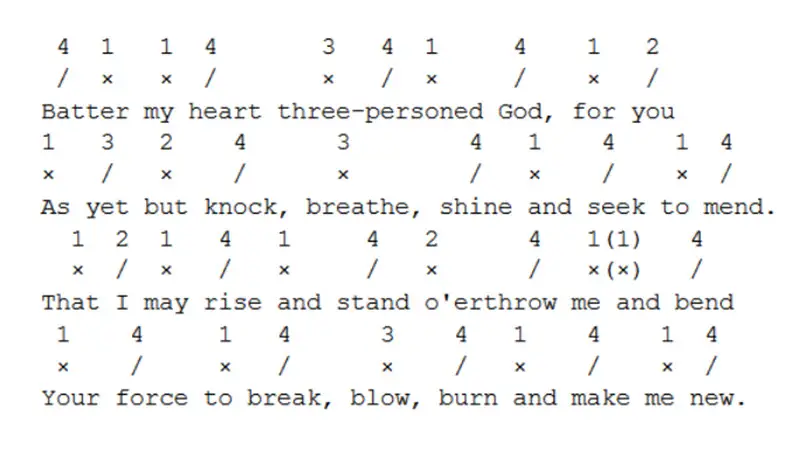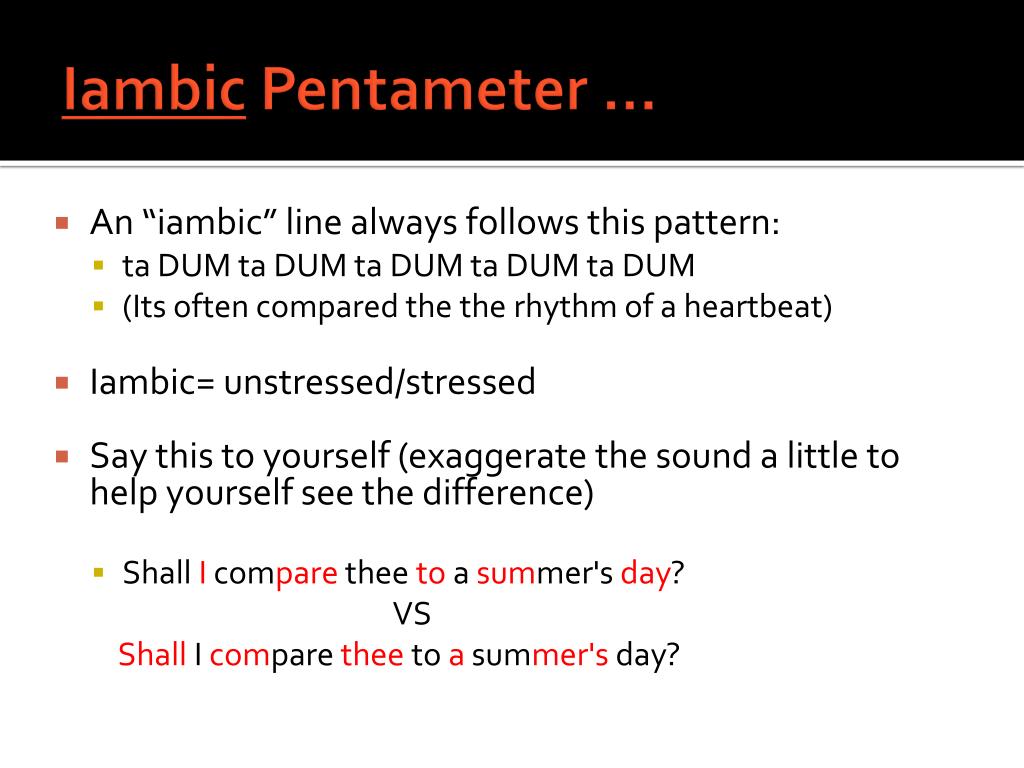

Iambic pentameter refers to a type of meter or rhythm in poetry. During the Elizabethan Era, William Shakespeare became known for his sonnets, which often featured iambic pentameter. The sonnet originated in Italy in the 13th century and was brought to England by Sir Thomas Wyatt and Henry Howard, Earl of Surrey in the 16th century. Sonnets are one of the most popular forms of poetry in the English language, and they have a rich history that spans centuries. The history of iambic pentameter in sonnets Ultimately, the decision is up to you as a writer and what you want to achieve with your sonnet. For purists, iambic pentameter is a must, while for others, it’s a suggestion rather than a rule. If you’re a writer looking to experiment with sonnets, you might want to start by sticking to the traditional form and slowly introduce variations as you become more confident. So, while sonnets don’t HAVE to be in iambic pentameter, it’s safe to say that it’s what sets the form apart from other types of poetry. This rhythmic structure is what gives sonnets their unique musical quality and has been the norm for centuries. However, it’s important to note that the traditional form of the sonnet has its roots in iambic pentameter. While the traditional sonnet form is indeed 14 lines and in iambic pentameter, modern sonnets have experimented with different forms, including free verse, blank verse, and other variations.

Sonnets have been around for centuries and evolved through different eras of literature. Do Sonnets Have to be in Iambic Pentameter?.The Potential Impact of Breaking the Rules of Sonnet Writing.Modern reinterpretations of traditional sonnet form.Examples of famous sonnets that stray from iambic pentameter.

The importance of rhyme scheme in sonnets.Examples of sonnets with iambic pentameter variations.Common variations of iambic pentameter in sonnets.

The history of iambic pentameter in sonnets.


 0 kommentar(er)
0 kommentar(er)
